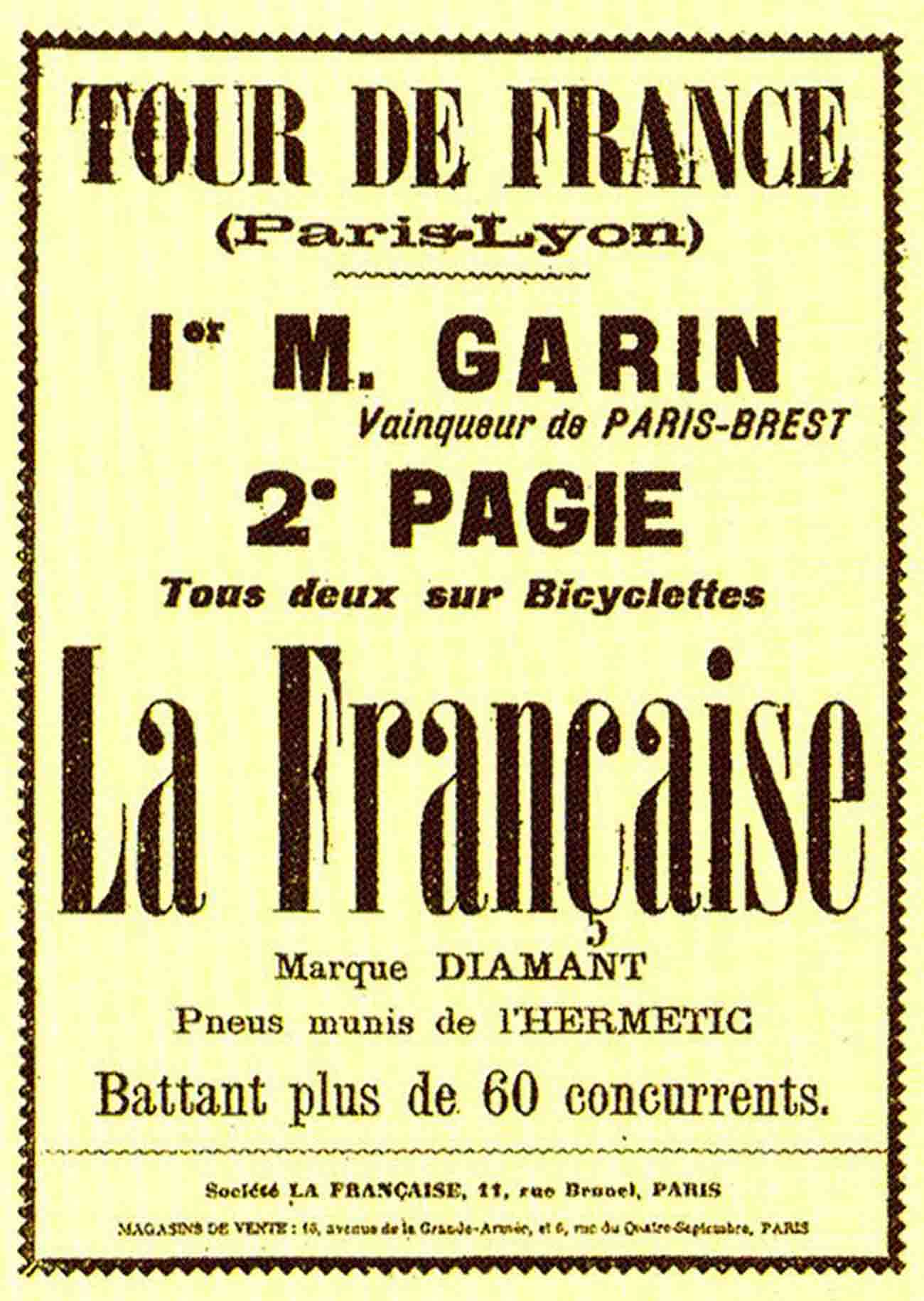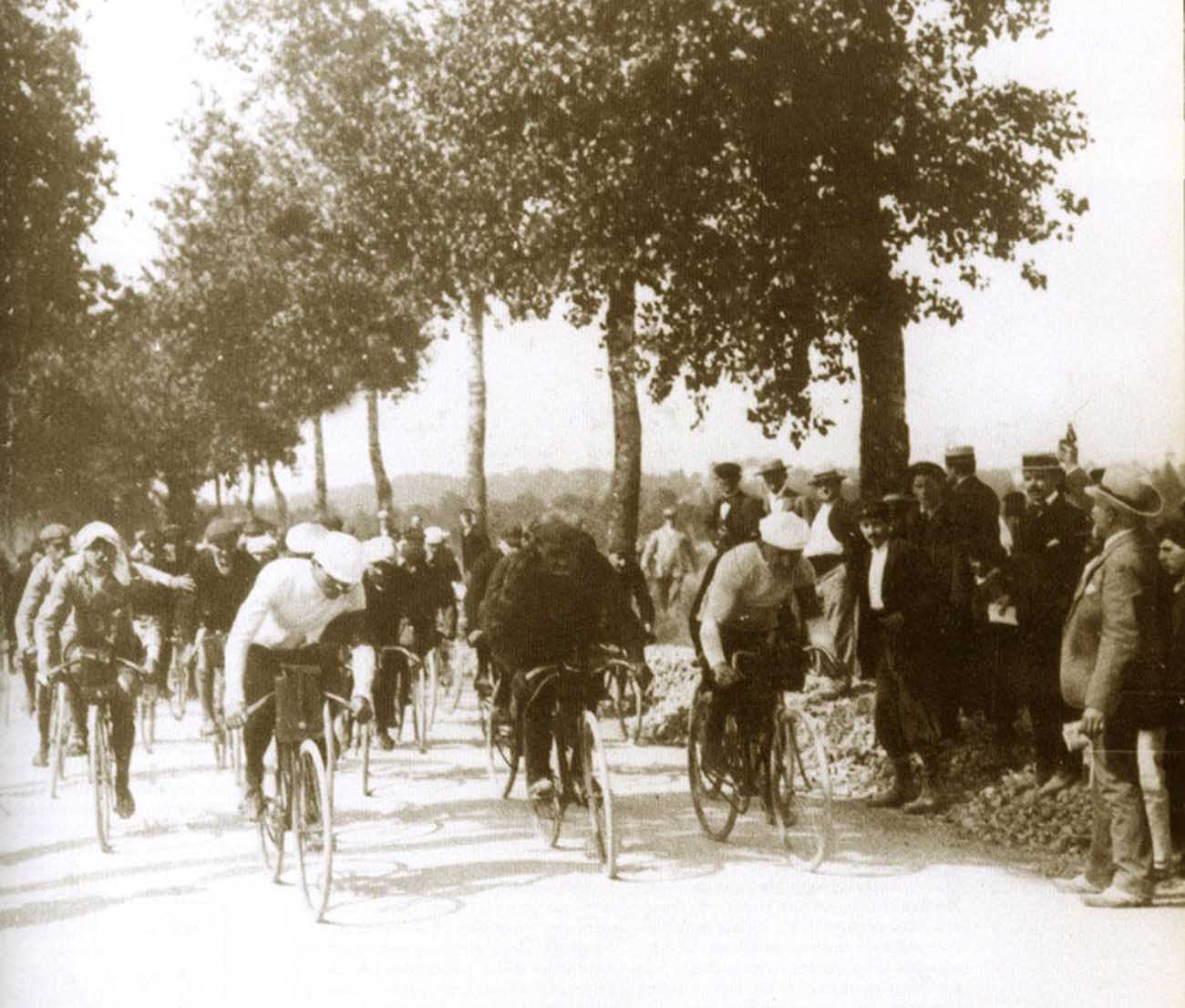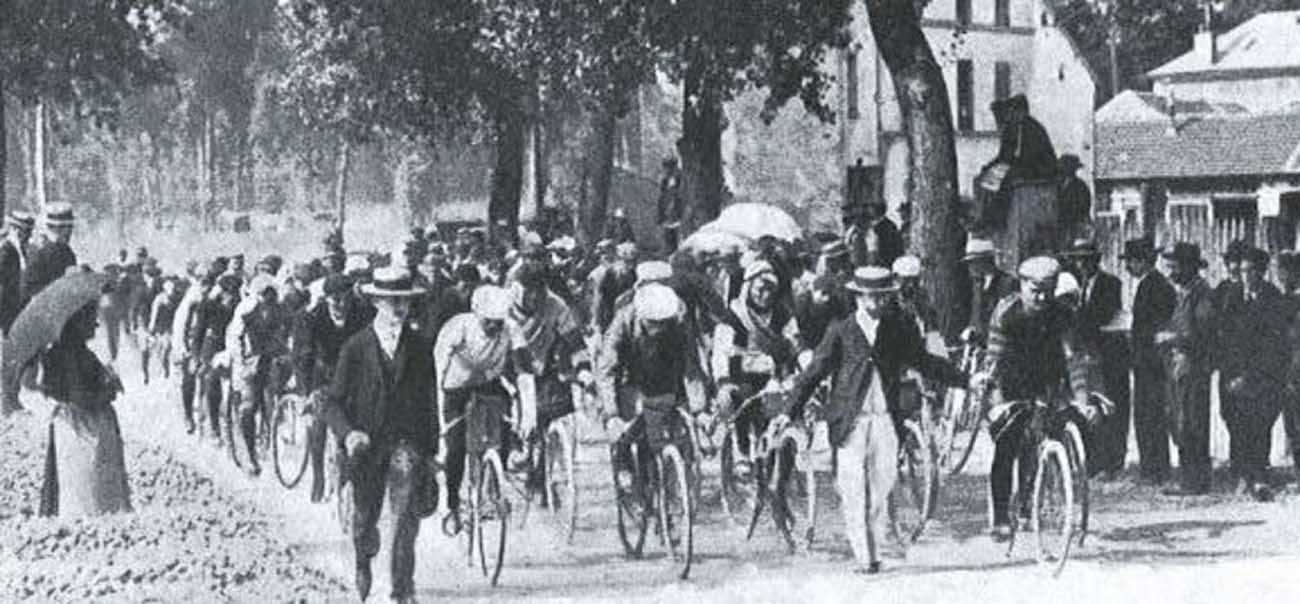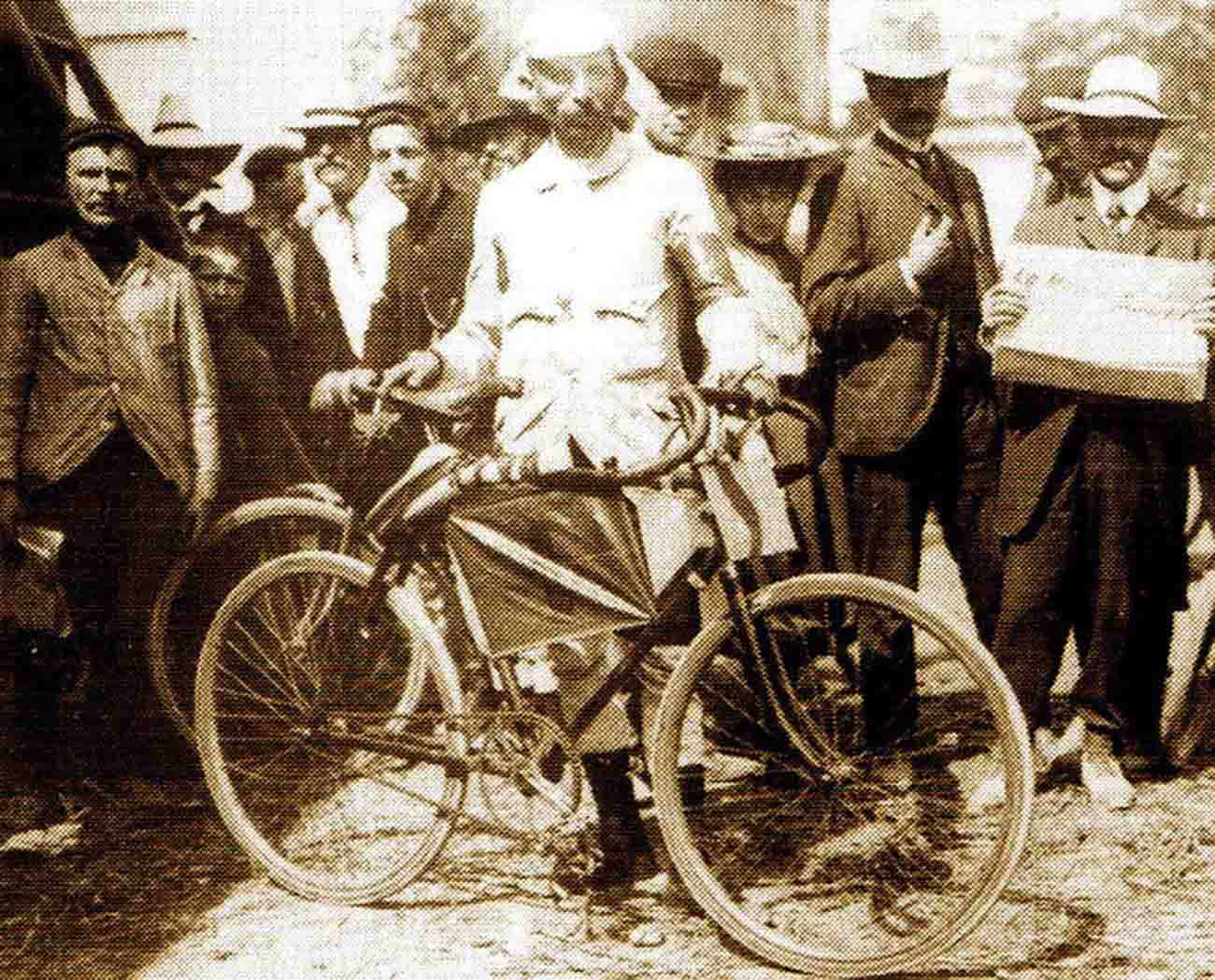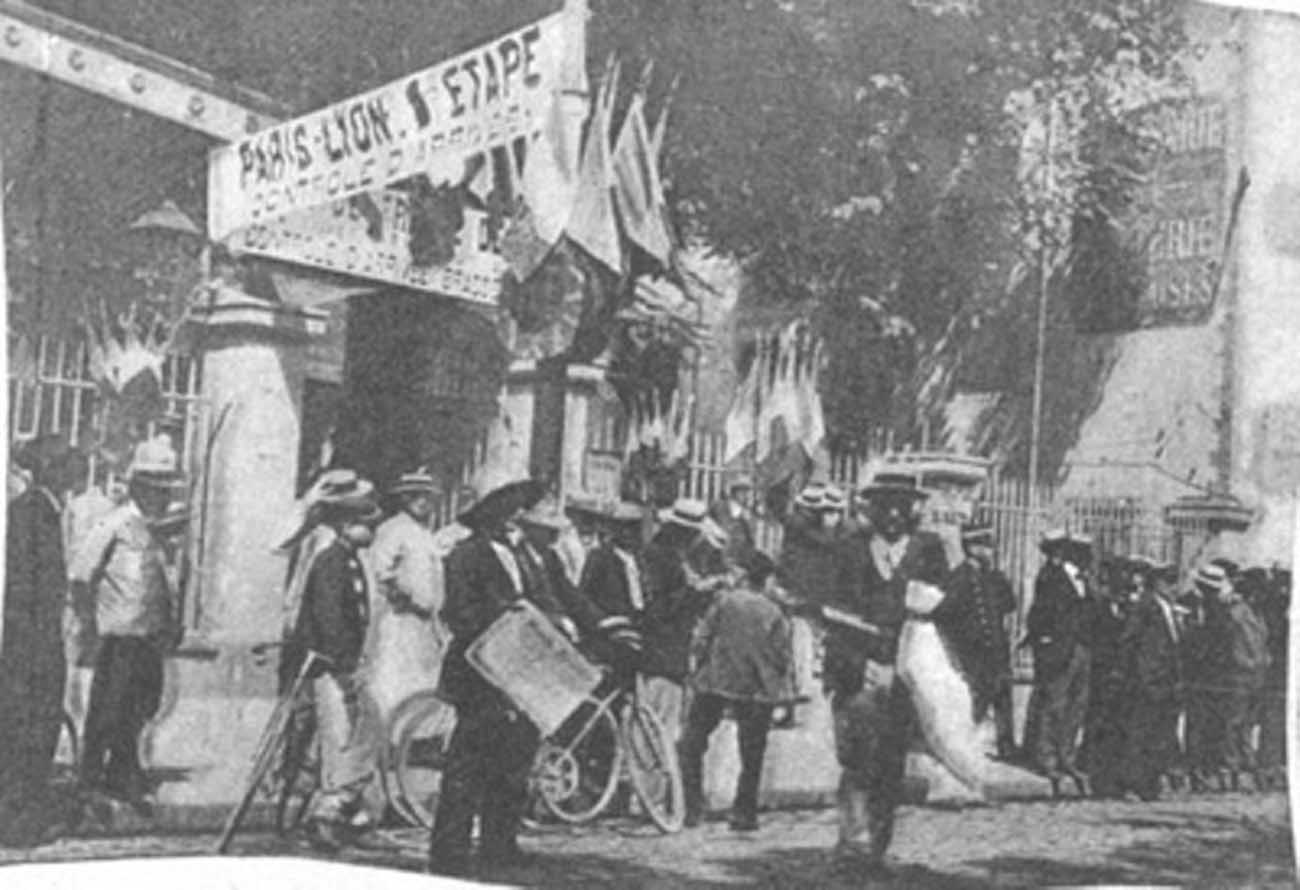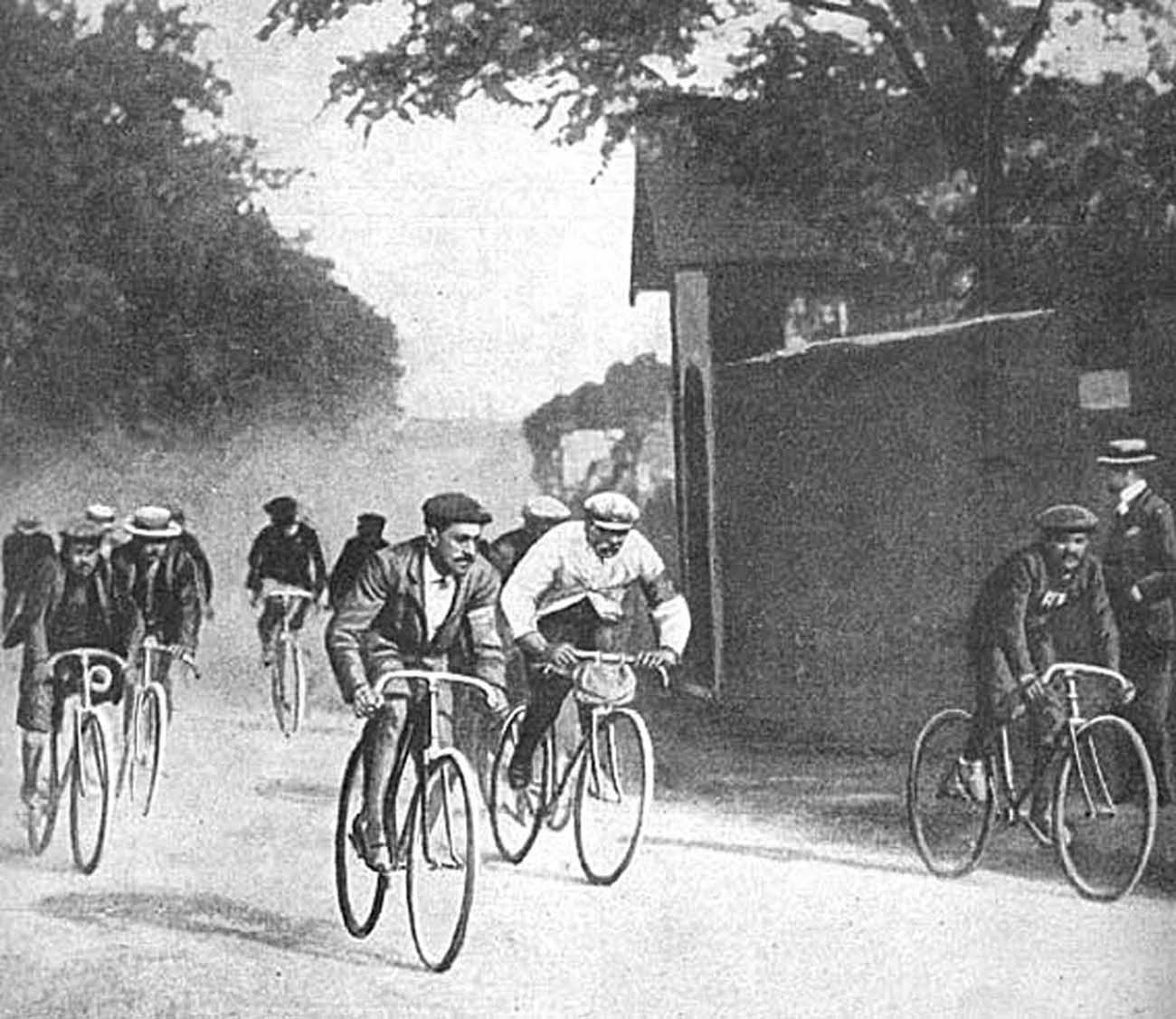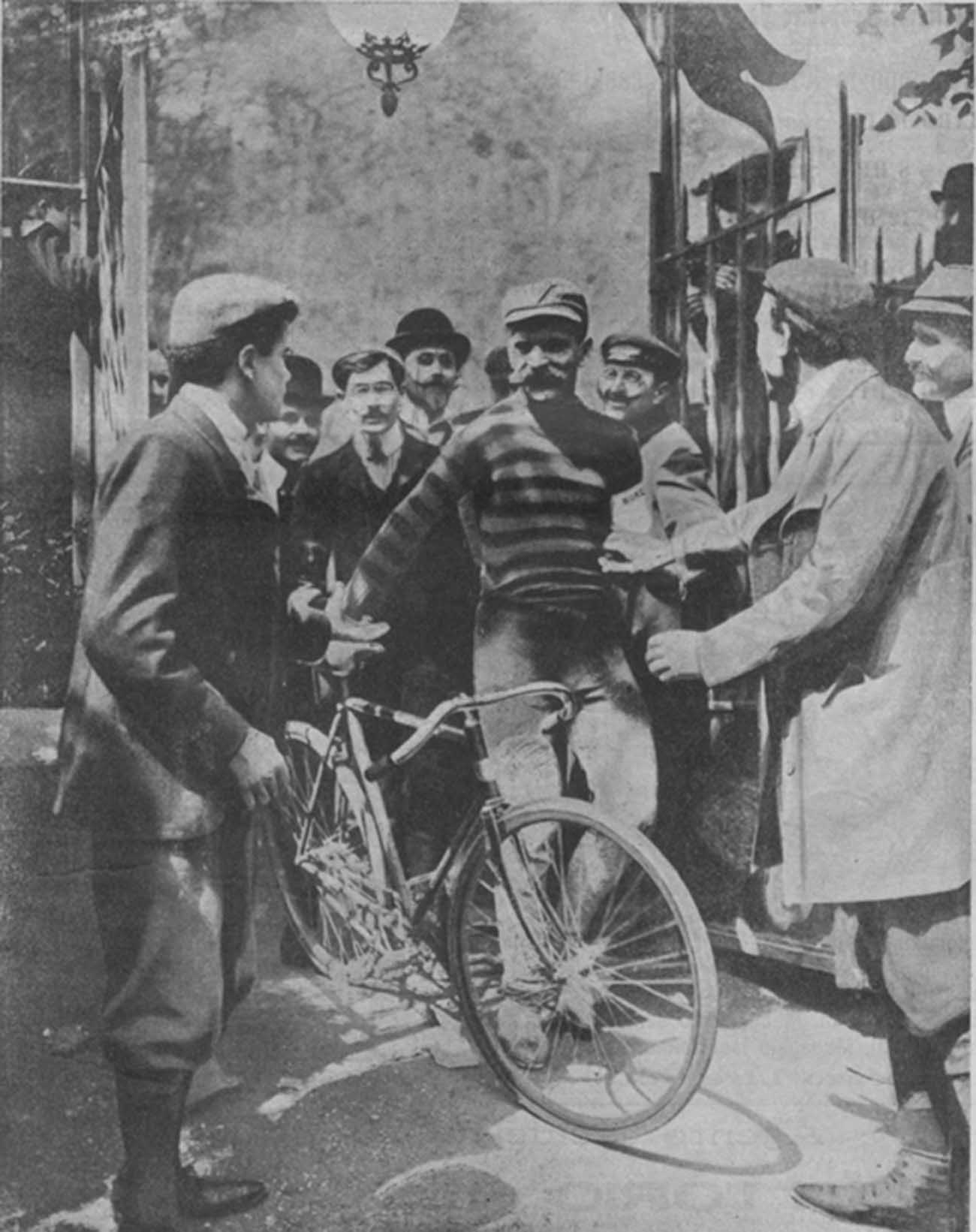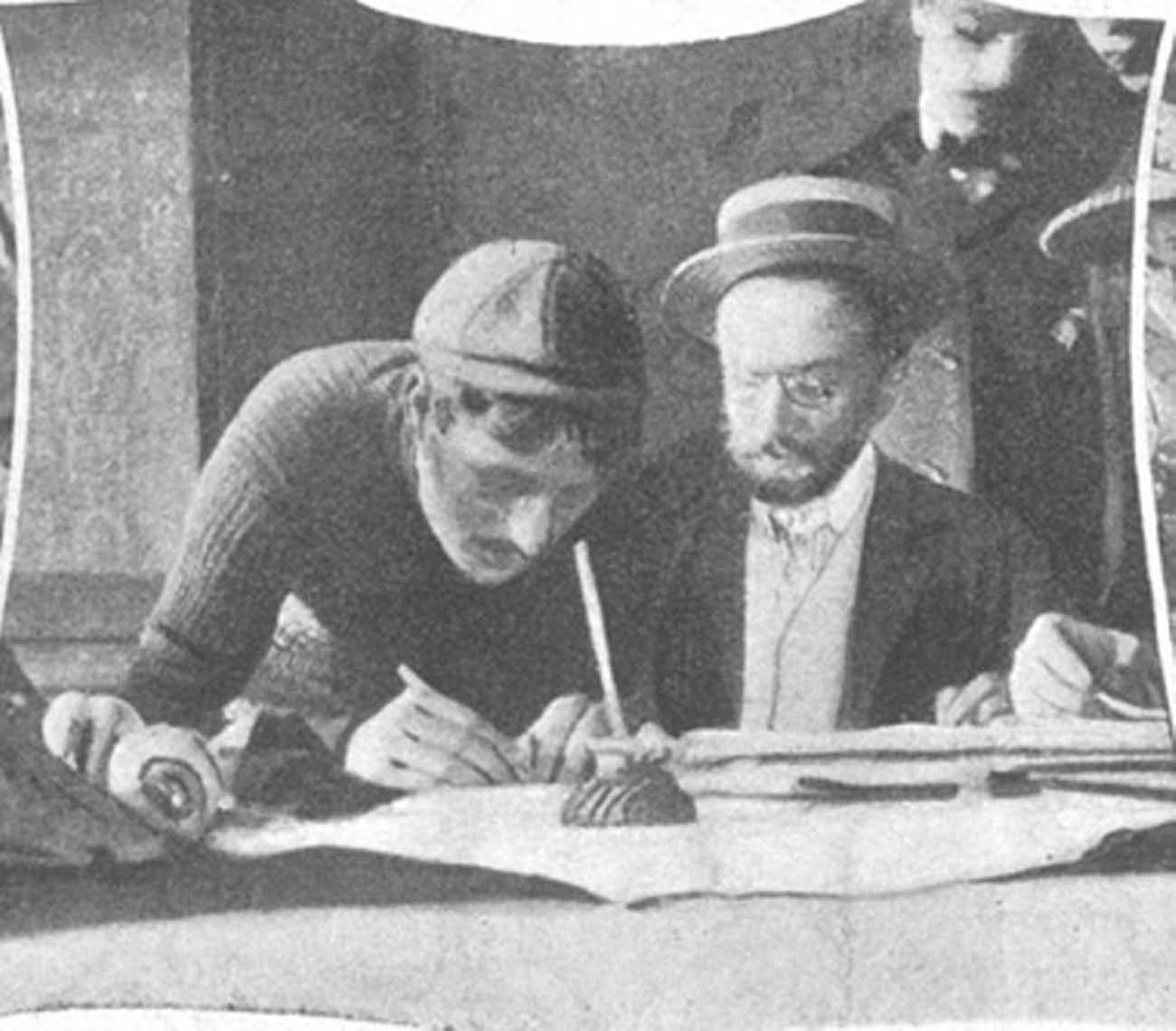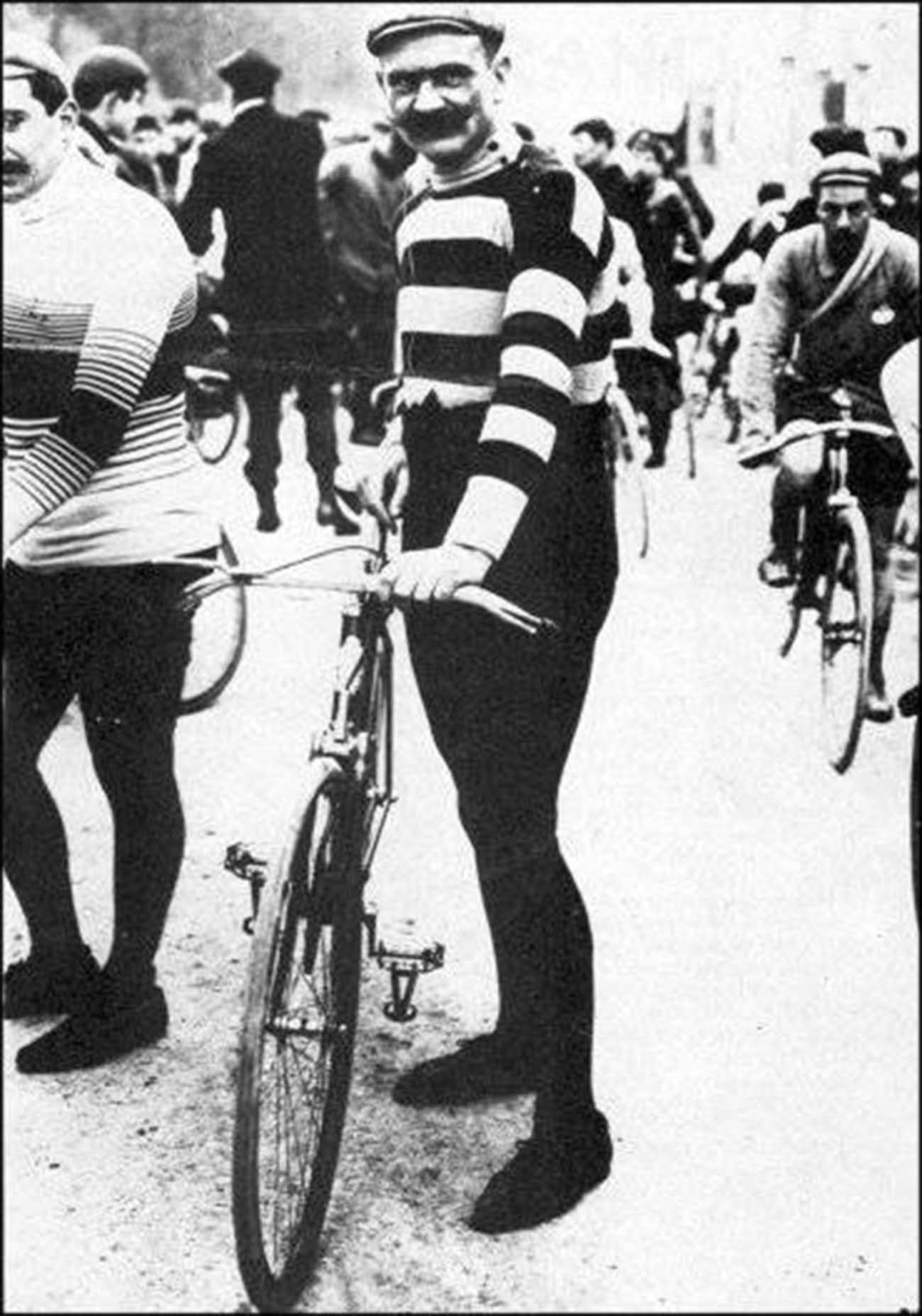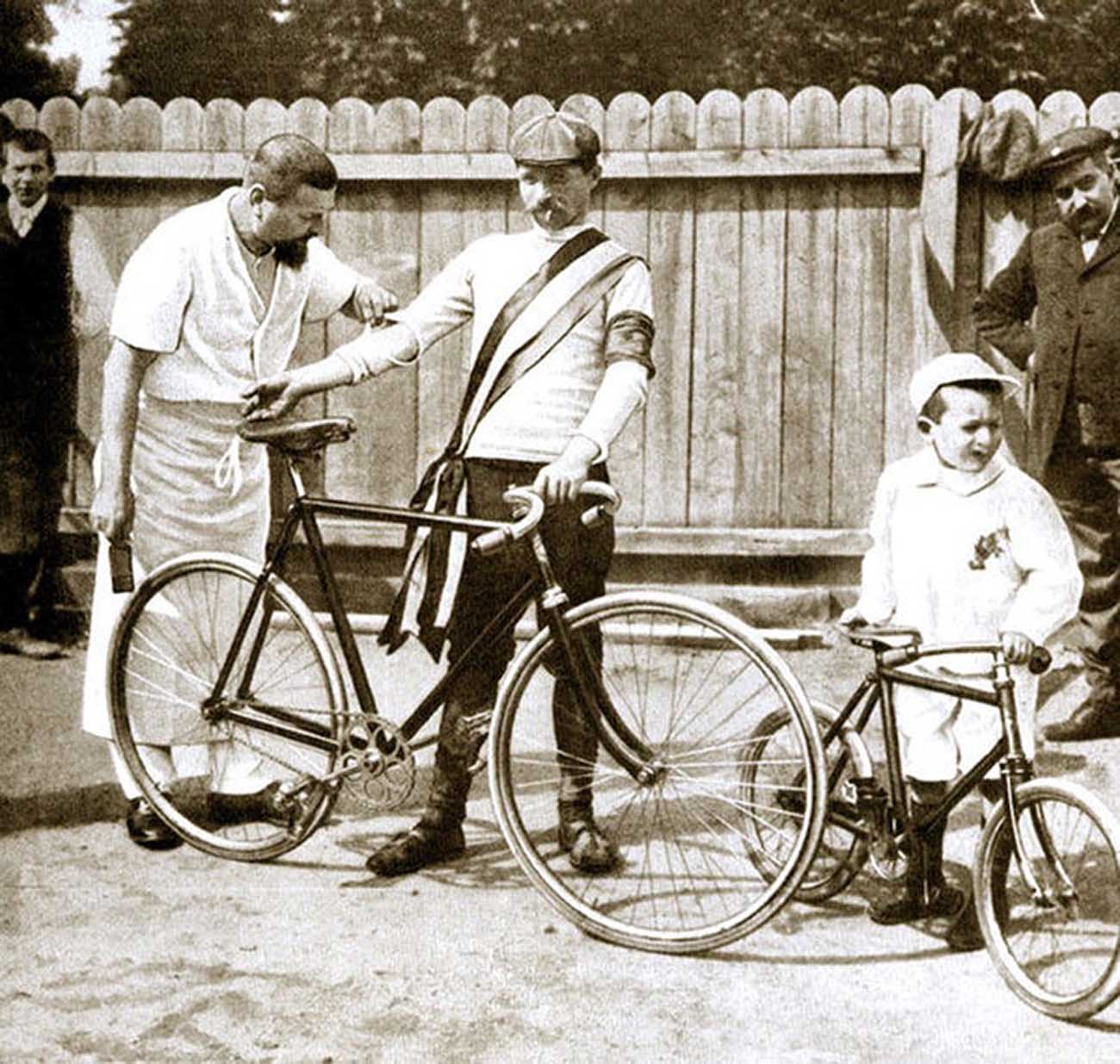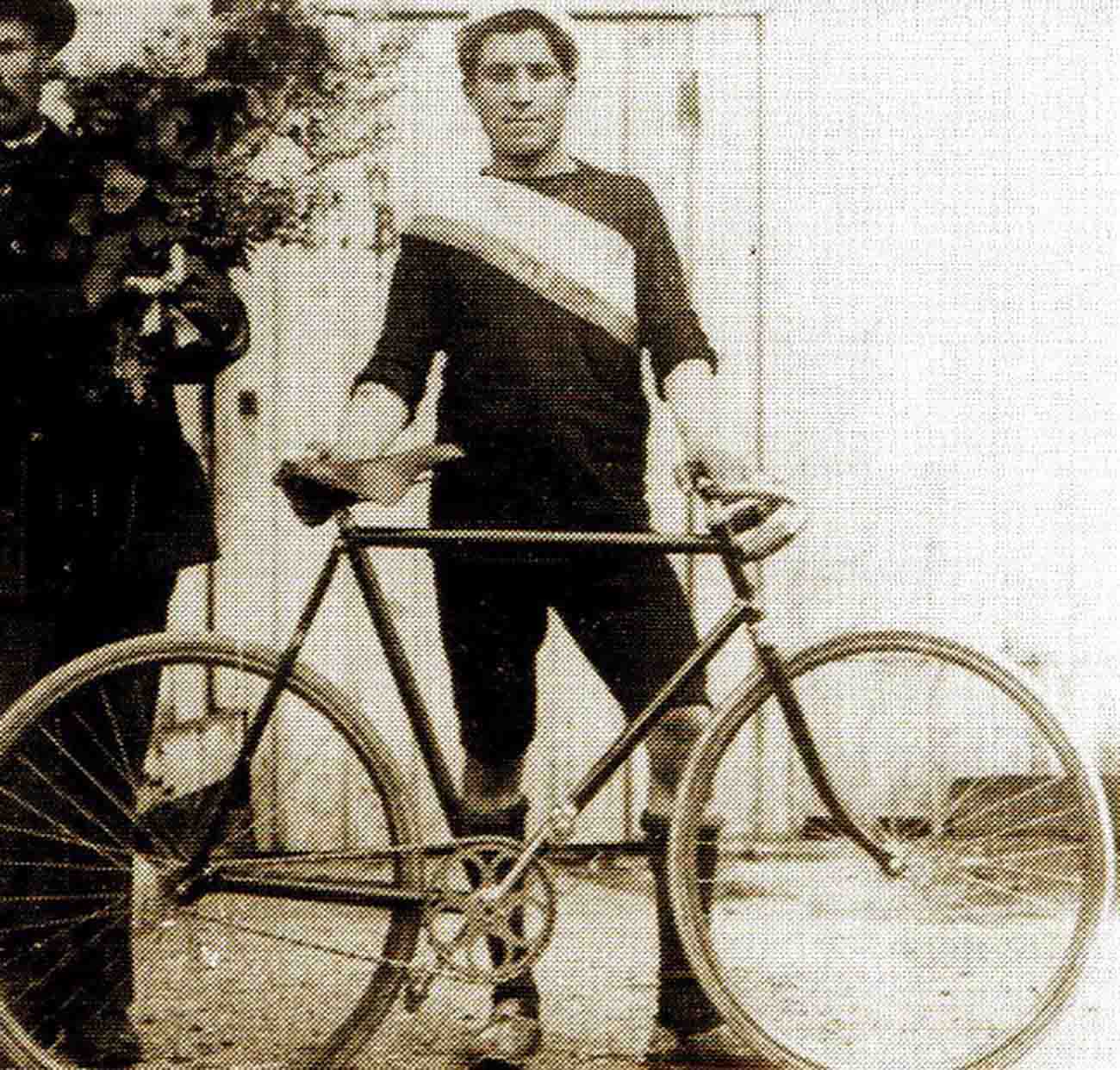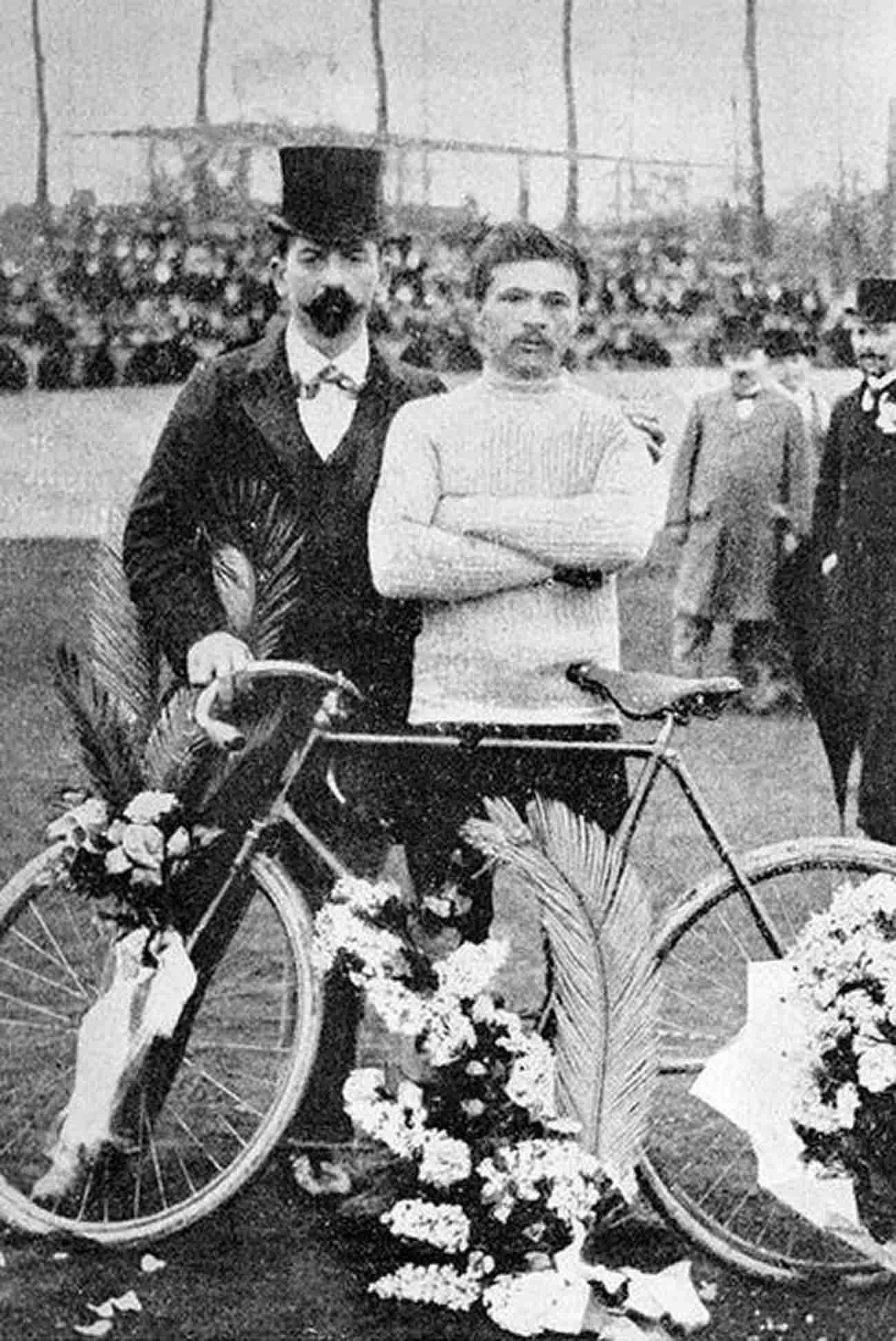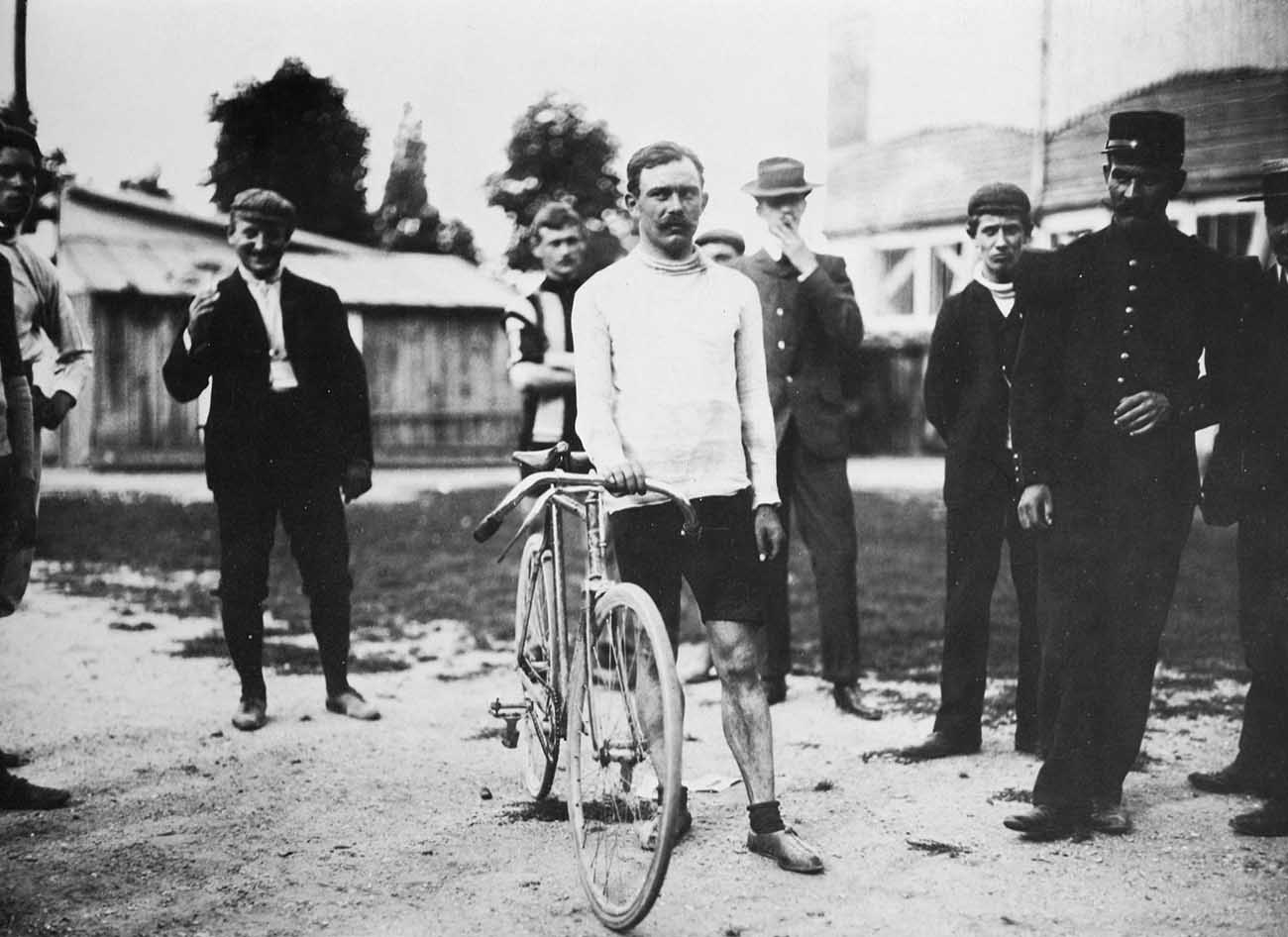Henri Desgrange, the editor of L’Auto (ancestor to today’s l’Equipe), was desperate to find a way to win a circulation war with competing sports newspaper Le Vélo. The Tour de France was suggested to Desgrange as a sales promotion. It was to have been a five-week race, from 1 June to 5 July, with an entry fee of 20 francs. These conditions attracted very few cyclists: one week before the race was due to start, only 15 competitors had signed up. Desgrange then rescheduled the race from 1 to 19 July, increased the total prize money to 20,000 francs, reduced the entry fee to 10 francs, and guaranteed at least five francs a day to the first 50 cyclists in the classification. After that, 79 cyclists signed up for the race, of whom 60 actually started the race. The 1903 Tour de France was run in six stages. Compared to modern stage races, the stages were extraordinarily long, with an average distance of over 400 km (250 mi). Cyclists had one to three rest days between each stage, and the route was largely flat, with only one stage featuring a significant mountain. The cyclists were not grouped in teams but raced as individuals In 1903, it was normal for a professional cyclist to hire pacers, who would lead them during the race. Desgrange forbade this: it was originally intended that in the final, longest, stage pacers would be allowed, but this was rescinded after the fifth stage. To ensure that the cyclists rode the entire route, stewards were stationed at various points around the course. The yellow jersey for the leader in the general classification had not yet been introduced, but the leader was identified by a green armband. Sixty cyclists, all professionals or semi-professionals, started the race, of whom 49 were French, 4 Belgian, 4 Swiss, 2 German, and one Italian; 21 of them were sponsored by bicycle manufacturers, while 39 entered without commercial support. The pre-race favorite, Maurice Garin, won the first stage and retained the lead throughout. He also won the last two stages and had a margin of almost three hours over the next cyclist. After celebrating with champagne, the riders cycled to Parc des Princes, where they made several laps of honor before an adoring crowd, to the sound of a bugle. The circulation of L’Auto increased significantly due to this event; a special edition of 130,000 copies was made after the race was over, and normal circulation increased from 25,000 to 65,000. The big success made sure that the Tour de France was scheduled again for 1904. The cyclists had also become national heroes. Garin would also win the next year’s race only to then be disqualified along with eight other riders for cheating including the illegal use of cars and trains.
(Photo credit: Wikimedia Commons / Flickr). Notify me of new posts by email.
Δ Subscribe


